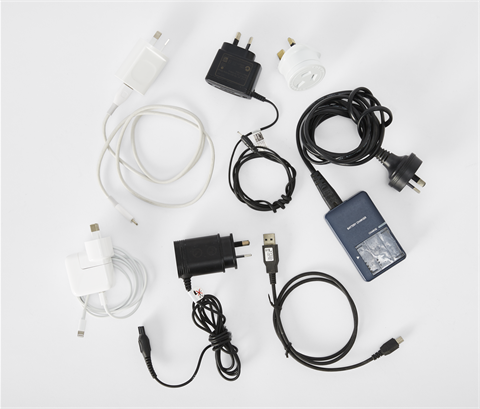
Indigo Shire Mayor Bernard Gaffney is reminding Indigo Shire residents that from 1 July, e-waste will be banned from bins and landfill sites across Victoria.
E-waste refers to any item with a plug, battery or cord that is no longer working or wanted. It covers a whole range of items such as computers, mobile phones, microwaves, printers, televisions, heaters and gaming consoles.
From 1 July, these items can no longer be placed in kerbside bins and instead must go to a designated e-waste drop-off point.
The e-waste to landfill ban was introduced by the Victorian Government in an effort to recover more of the valuable materials left inside e-waste that can be safely recovered and reused. It will also help reduce the environmental damage caused by the disposal of old electronic items such as TVs, phones and laptops into landfill sites.
Various e-waste drop-off points and schemes already exist across Victoria. Ahead of the ban, the state government announced an investment of $15 million to help local councils across the state upgrade their e-waste collection and storage facilities to ensure that all Victorians have access to drop-off points.
Indigo Shire is using the funding to help make sure anything with a plug, battery or a cord can easily be recovered locally. The council has invested $184,000 in the development of two new e-waste drop-off points, which will soon be constructed at both transfer stations.
To help local residents better prepare for the ban, Indigo Shire is teaming up with Sustainability Victoria as part of its Take Your E-waste to a Better Place campaign to help make sure residents understand what e-waste is and where they can dispose of it properly.
“Through Sustainability Victoria’s Take Your E-waste to a Better Place campaign, local residents are becoming more aware and educated about e-waste ahead of the 1 July ban” said Cr Gaffney.
“We already offer free e-waste disposal at our Beechworth and Rutherglen transfer stations I would encourage all residents to use this service.”
Currently, over 1 million mobile phones and 16 million TVs are discarded in Australia every year. It is estimated that just for televisions and computers, the amount of e-waste generated in Australia will grow from around 138,000 tonnes in 2012-13 to 223,000 tonnes in 2023-24, an increase of more than 60 percent.
E-waste is growing three times faster than general municipal waste in Australia, due to increased technology trends, reduced product lifespan and consumer demand for new products. E-waste contains valuable materials that we can recover and reuse, and hazardous materials, which can harm the environment and human health.
Resource recovery also helps alleviate the strain put on the environment by stopping hazardous elements leaching into the ground when dumped in landfill.






